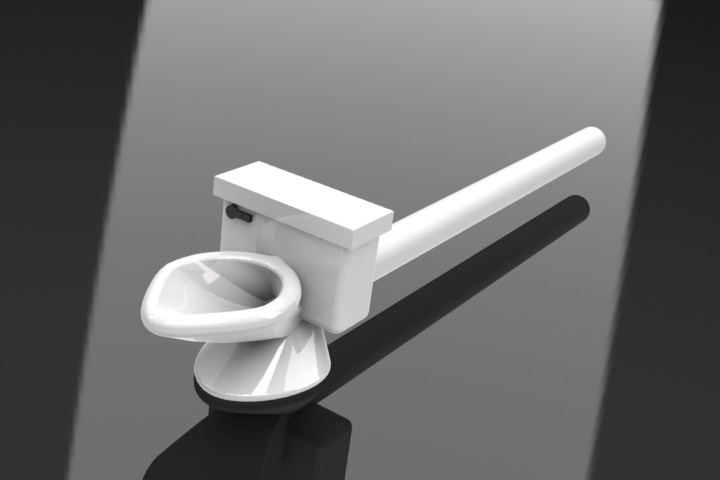While our friend Ron has been known to wander into a twisty tiny maze of tiny twisted FAA opinion letters, I don't see that as being the case here.
Hmmm...let's review shall we?
I've asserted one thing: That you don't know for sure what the winds are at your destination unless you observe the windsock thus straight-in approaches should be used with caution. In post #69 I said
"Regarding how I'd fly the pattern. I'd make a direct entry into an upwind and then fly crosswind to downwind. That provides ample opportunity to look at the windsock and to also ensure there's no other traffic. Also, if the windsock tell you that you should use 27 instead of 09 then you're already on downwind,"
Ron first argued in post 80 that you can fly a straight in approach because
"..there's always your preflight briefing winds, smoke, trees, flags, etc, to tell you which way the wind is blowing."
And then, in post 96 he says
"you'll figure it out on downwind anyway, and then enter the pattern for the other runway more favored by the wind."
WHAT? How do you do that when flying a straight in?
I responded to that statement in post 97 with
"well, now...if you go back and review...you'll discover that's exactly what I'm saying. That's why students should avoid straight-in approaches if there's not data on the field. Again, KFAM has an AWOS and is only 11 NM away from my home airport (H88) and there is often a significant difference between the two in both wind speed and direction...the Ozark "Mountains" (actually hills) create some funny wind eddies donchaknow."
Then in 98 Ron states
"seeing that sock prior to pattern entry should not be 100% essential to the safe conduct of your flight."
To which I reiterated in 99
"On a windy day around here it definitely is. And these are just hills. I can't imagine how localized wind speed and direction is in "real" mountains...I'm confident that it's very localized though. One of the mountain boys might chime in on that topic.
i.e. I'm not buying your "you can always get it during a thorough preflight briefing" argument. That's just not the case at my home airport. I've seen the windsock standing straight out in almost the exact opposite direction as KFAM was when I passed over it coming home and I'm confident that there are hundreds of other airports just like mine (that have locally determined wind speeds and directions)."
And a couple of others chimed in on similar problems at other airports.
As an aside, I can take you to dozens of other fields in this area (in the hills of S MO & N AR) that are the same...Van Buren on top of a bluff...or Pettit Jean on top of a bluff...Turkey Mountain on top of a bluff...etc. etc. etc. And then there are the ones that are in the valleys near tall hills. Those can be more problematic yet. You better get a look at the sock at Bismarck, Mo. 2000' long with a tall hill immediately east. The wind is often blowing in the exact opposite direction as other area fields. And with only 2,000' to work with...
Then Ron comes up with the brilliant observation in post 117
"There is nowhere in the United States where surface winds are not forecast, and you can get them via DUATS, ADDS, or FSS. You can start here."
I really wanted to respond with "no sh*t?" as he was stating the obvious and that doesn't change the fact that two airports 10 miles apart can have windsocks standing straight out in opposite directions regardless of what the surface wind forecast is for the "general area".
then in 120 Ron states
"In such places, even the wind socks aren't that accurate, but if there is one, you'll see it once you're in the pattern and can change your plan if necessary. But my point here is that you don't need ASOS/AWOS to tell you which runway traffic pattern to enter, and you can do that safely even without seeing the sock until you're in the pattern. "
Isn't this EXACTLY what I've been saying all along? I NEVER said ANYTHING about AWOS/ASOS...quite the opposite.
That's when I finally said in post 127
"But you have changed the premise of the debate three or four times now in an attempt to save face."
And he has done just that...as outlined above. But, he's never wrong donchaknow! Rather, he just morphs the discussion.




